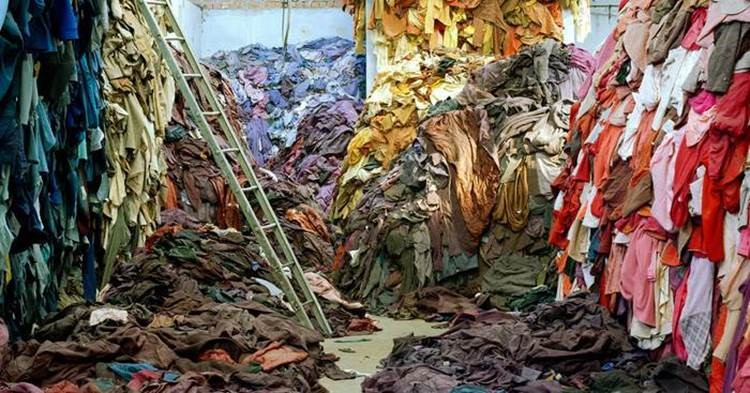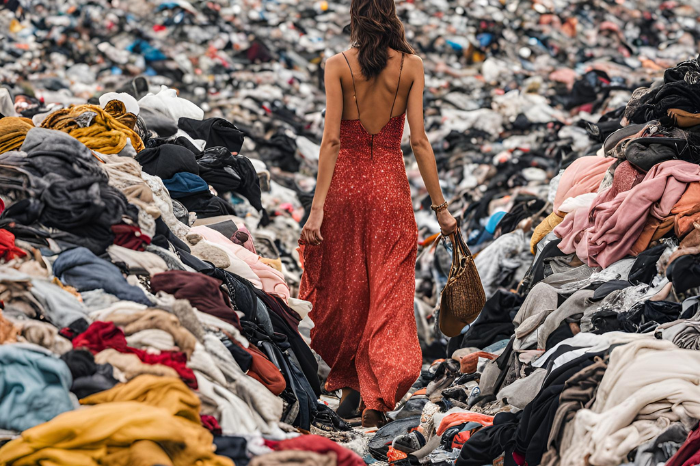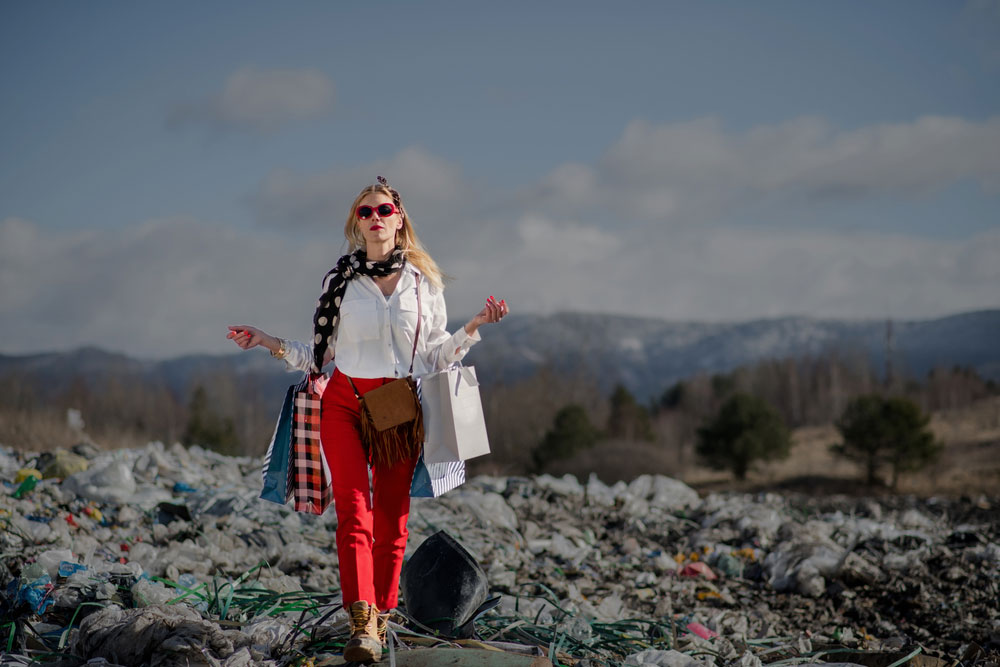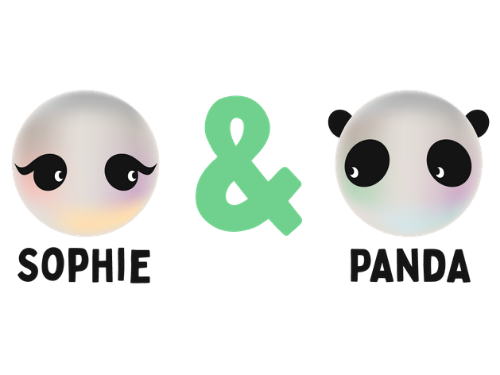
The fashion industry is one of the largest in the world. It’s an important industry, both for the global and local economies, as well as for us as individuals. Even those of us who aren’t up on the latest designers and fashion trends benefit from the industry as a whole. However, there’s a not-so-pleasant side to the fashion industry, and it’s the incredible amount of waste it produces.
Unfortunately, the fashion industry has become one of the most significant contributors to environmental damage, especially as fast fashion has encouraged consumers to purchase more clothing than ever before. The result is that clothing is being discarded at an alarming rate, but clothing recycling programs are stepping in to help mitigate the fashion industry’s huge waste problem.
How Severe is Waste in the Fashion Industry?

The current fashion industry is fueled by the overproduction and overconsumption of clothing. While there have always been people who loved clothing and fashion, the level of overconsumption has never been this high. Fast fashion, where clothing is produced for low costs using low quality materials. These items are rarely worn more than once.
When consumers come across articles of clothing that catch their eye or are on trend, the allure of purchasing at super cheap prices can be difficult to resist. Unfortunately, fast fashion rarely has any longevity. It either wears out quickly or becomes out of fashion and is mindlessly discarded due to the minimum financial investment put into it.
Waste in the fashion industry comes from a couple of different sources. The first is the textile waste produced when clothing is manufactured. The second source comes from the consumer end, as heaps of used clothing end up in landfills every year.
So, just how bad is the hidden waste of the fashion industry? Let’s take a look.
Hidden Waste of the Fashion Industry By the Numbers

Globally, the fashion industry produces as many as 150 billion items of apparel per year. This is a number that has doubled in the past 24 years. The United States Environmental Protection Agency offers some startling statistics on the amount of waste generated by, or related to, the fashion industry in the U.S.
According to the EPA, as of 2018, the recycling rate of textiles is less than 15%. This number averages out recycling rates for clothing and footwear, along with other textile items, such as bedding. What about the remainder of waste from the fashion industry that doesn’t get recycled? More than 11 million tons found their way to landfills, and another 3.2 million tons of textiles were combusted. Keep in mind that these numbers reflect textile waste in the United States.
When looking at the waste produced by the fashion industry, it isn’t just what ends up in the dumpster that matters. It’s also important to consider the environmental impact of the production of such massive amounts of textiles. For example, the water needed to make a simple cotton t-shirt equals more than 700 gallons. This doesn’t even take into account the water and chemicals used to wash the t-shirt over its lifetime.
The bottom line is that we have to do better. The number of times a garment is worn before being discarded is decreasing, and we’re quick to toss clothing as the cost of replacing garments has decreased.
Still, we all need clothing. The answer to neutralizing the hidden waste of the fashion industry begins with being more mindful of clothing purchases, donating instead of tossing, and supporting clothing recycling programs.
Benefits of Clothing Recycling
Reducing consumption is an important goal for minimizing the impact of fashion on the environment. Even with that, we need a solution for the amount of clothing that is already in our closets and for disposing of clothing in the future. Clothing recycling, which can be done in a number of ways, is an excellent start.
Benefits of clothing recycling programs include:
Conserved Resources
Recycling clothing decreases the overall demand for the raw materials that go into the manufacturing of new clothing. These raw materials include water, land, and energy resources that are used in textile protection. Cotton is a great example of a textile that requires significant amounts of water to grow.
Reduction in Pollution and Carbon Emissions
Textile production is a significant contributor to air and water pollution. The chemicals that are used, especially for synthetic fibers, can be released into the environment and have a noticeable negative impact. The production of clothing also emits large amounts of carbon dioxide into the atmosphere. By turning toward recycled clothing, we can each play a role in reducing these harmful impacts on the environment.
Reduced Landfill Waste
The effects of clothing recycling on landfill waste are two-fold. First, we’re keeping used clothing out of landfills by reusing and repurposing them. Secondly, as we become more invested in recycled clothing, this eventually reduces the demand for newly produced clothing items. This saves on landfill waste not just from the consumer end, but also reduces the amount of waste that is created during production.
Promotes a Circular Economy
Textile and clothing recycling is key to a circular economic model, which strives to keep current resources in use for as long as possible. In the fashion industry, a circular economy looks like clothing not being disposed of after a single use (or after a single user). Instead, we can take these materials and reprocess or reintegrate them into various production cycles through recycling programs. All of this relieves our dependence on raw resources and supports sustainability.
Encourages Sustainable Consumer Habits
Each of us likes to feel like we’re doing something to make an impact. Recycling programs are great for promoting sustainable consumer habits. When consumers have broader access to clothing recycling programs, they are more likely to make mindful decisions about how they dispose of used clothing. Access to clothing recycling programs can also encourage consumers to adopt more eco-friendly habits and reduce their spending on new items of clothing.
The Limitation of Global Recycling Markets on Fashion Waste
When looking at the hidden waste of the fashion industry, it’s also important to consider the current limitations the recycling industry faces. There is a vast amount of textile waste that is generated each year. Currently, recycled clothing is often exported to developing countries, which fails to contribute positively to the environment or sustainability in a number of ways.
The resources involved in transporting recycled textiles can be significant. In some cases, these recycled textiles end up further contributing to local waste issues in these developing countries.
While the market for recycled textiles is growing, it is still relatively small. This presents challenges in sustaining these programs as long-term viable solutions.
What Alternatives to Traditional Clothing Recycling Exist?
While textile recycling programs are essential, considering alternatives helps to alleviate some of the pain points with traditional recycling programs. For example, upcycling, clothing swaps, and clothing rental services are all highly effective ways to give gently loved clothing a second chance at life. These types of alternatives not only conserve important resources but also introduce and support a more eco-conscious consumption model.
Innovations in Sustainable Fashion

Today, we’re seeing new technologies and innovations emerging as easy to support sustainable fashion and reduce the industry’s overall impact on the environment. But, more important than this is the shifting mindset of consumers toward eco-friendly fashion and extending the life cycle of the clothing we buy.
Sources:
- All photos used in this blogpost are sourced from the internet, and the rights belong to their respective owners
- Recycle Nation. “The Hidden Waste of the Fashion Industry: How Clothing Recycling Impacts the Environment,” n.d. https://recyclenation.com/2024/12/the-hidden-waste-of-the-fashion-industry-how-clothing-recycling-impacts-the-environment/.


